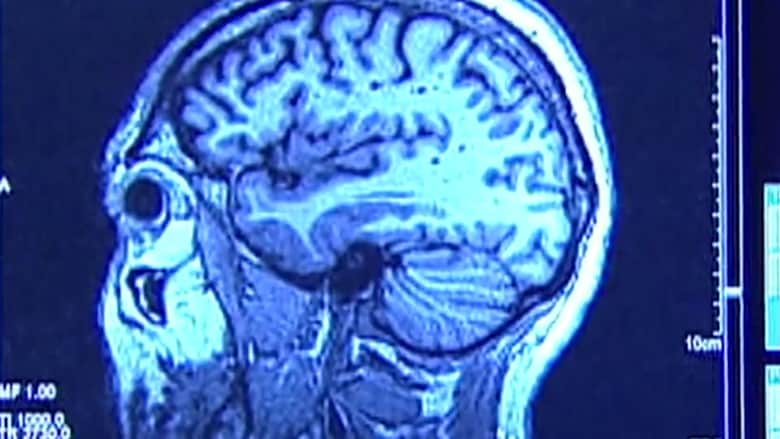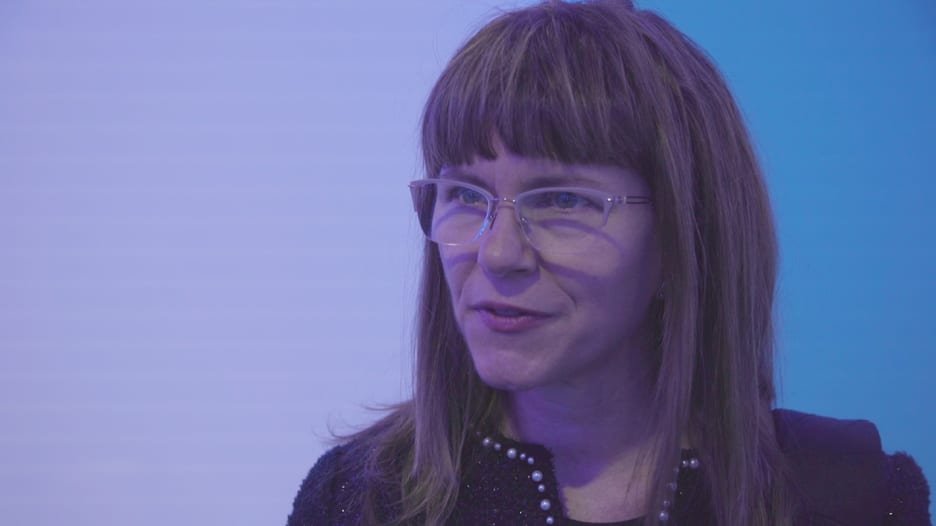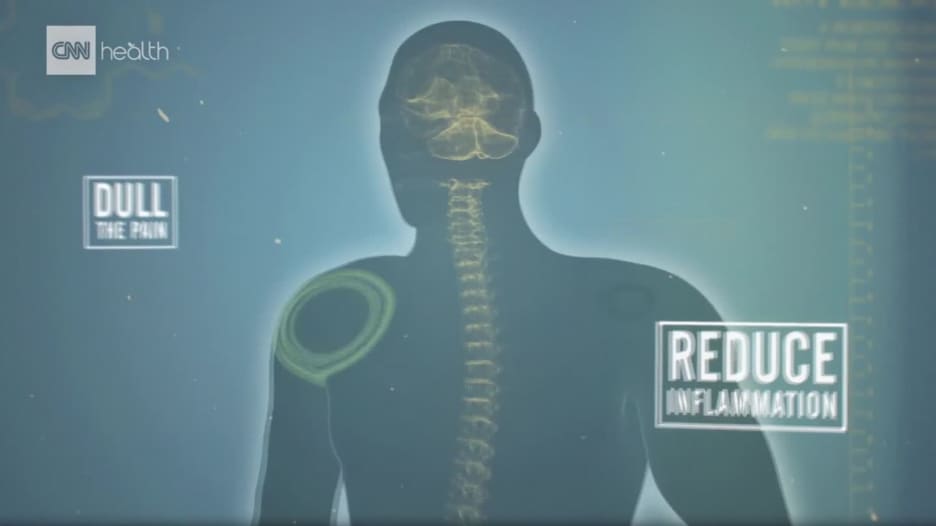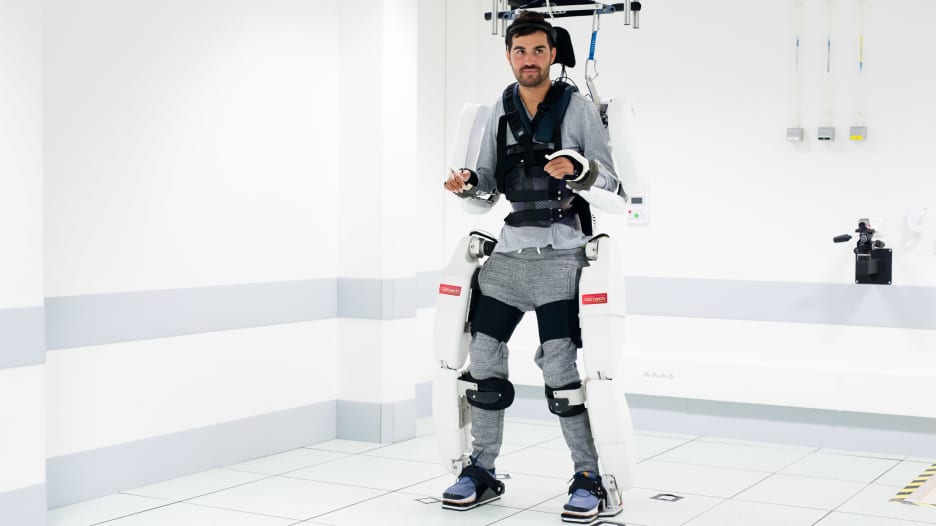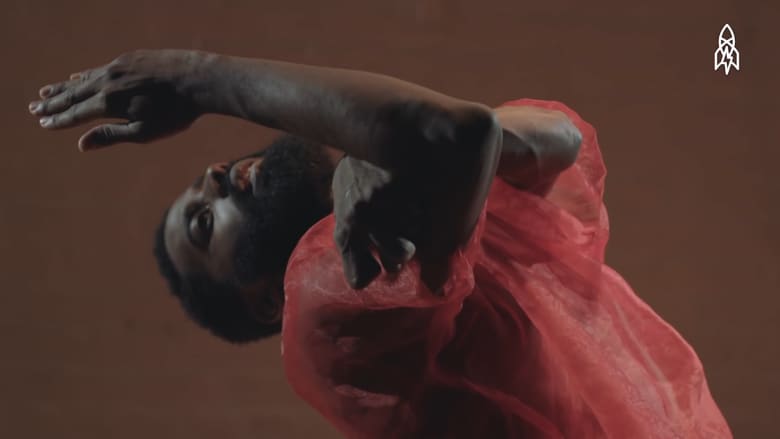أصغِ جيداً.. هل يمكنك سماع الصوت الصاخب في دماغك؟
يمكن لعالمة الأمراض العصبية نينا كراوس القيام بذلك. في مختبرها في جامعة نورث وسترن "Brainvolts"، تستطيع هي وزملاؤها ربط سلسلة من الأقطاب الكهربائية بفروة الرأس وتسجيل الكهرباء التي ينتجها الدماغ استجابةً للصوت.
قالت كراوس: "بعد تسجيل هذه الكهرباء، يمكننا الاستماع إلى عقلك من خلال مكبر للصوت لنرى مدى جودة أداء هذه المهمة. يمكننا من خلال ذلك الحصول على نظرة ثاقبة حول صحة عقلك والجهاز العصبي."
أضافت كراوس إنه إذا تعرض دماغك لبيئة صوتية غنية، مليئة بالتحفيز اللغوي والموسيقي، من الأرجح أن يكون عقلك ساكناً وأقل عصبية.
أما إذا تعرض دماغك لبيئة صوتية محدودة، فقد يكون دماغك صاخباً للغاية، وقد يتداخل حرفياً مع قدرة عقلك على فك المدخلات السمعية.
وشرحت كراوس ذلك بأن الدماغ بحاجة للحصول على المعلومات، ويخلق بالفعل نشاطاً كهربائياً عندما لا يحصل على ما يكفي منها. لكنه يخلق نشاطاً عشوائياً وعديم المعنى، والذي في النهاية يمثل مشكلة لأنه يحاول فهم الصوت."
ممارسة الرياضة تتلاعب في سكون الدماغ
يبدو أن ممارسة الرياضة قد تلعب دوراً في قدرة الدماغ على أن يسمع بشكل صحيح.
في دراسة جديدة نشرت بمجلة Sports Health، اكتشفت كراوس وفريقها أن نخبة الرياضيين يتمتعون بثبات أقل في أدمغتهم من غير الرياضيين.
وقالت إنه بالمقارنة مع غير الرياضيين، يمكن لنخبة الرياضيين أن يعالجوا الأصوات الخارجية بشكل أفضل، مثل سماع زميله في الفريق الذي يصرخ خلال اللعب أو مدرب يدعوه من الخطوط الجانبية، من خلال تخفيف الضوضاء الكهربائية في عقولهم.
وقال الدكتور ريتشارد إيزاكسون، طبيب أعصاب: "أنا مفتون بالنتائج." وأضاف إيزاكسون الذي لم يشارك في الدراسة: "لا أعتقد أنها مجرد لياقة بدنية وأوعية قلبية، إنها لياقة عقلية أيضاً. من المحتمل أن تكون متعددة الوسائط. أود أن أرى ما إذا كان يمكن أن أكرر هذا عبر جامعات مختلفة متعددة ومن ثم فصل الألعاب الرياضية غير المتصلة مقابل الألعاب المتصلة، مثل كرة القدم مقابل التنس."
مهمة صعبة للدماغ
الدراسة الجديدة عبارة عن جزء من تحليل مدته 5 سنوات للمعالجة العصبية للصوت في الارتجاجات الرياضية، بتمويل من المعاهد الوطنية للصحة. وسيبدأ هذا البحث الذي تم إطلاقه العام الماضي، في متابعة صحة الدماغ لدى 495 رياضياً من طلاب Northwestern.
من خلال تحليل الاستجابات الكهربائية للصوت الذي يحدث في الدماغ بعد أن يصاب رياضي بالارتجاج، تأمل كراوس في أن تكون قادرة بشكل أفضل على تحديد متى يكون هذا الرياضي مستعداً بيولوجيا للعودة للعب دون أي ضرر إضافي للدماغ.
أضافت كراوس أن فهم الصوت هو أحد أصعب الوظائف التي نطلب من عقولنا القيام بها. وقالت إنه يجب على الدماغ فك شفرة الصوت وتوقيته وتوافقه مع فهم المعنى، غالباً خلال جزء من الثانية."
في هذه المرحلة من الدراسة، وجدت كراوس استجابات مماثلة في دماغ الرياضيين لجميع أنواع الرياضة، مع عدم وجود اختلاف في الجنس.
وقالت كراوس: "مع مرور السنين وتتبع نفس الرياضي، سنكون أكثر قدرة على فهم كيفية تغير ضوضاءهم العصبية بمرور الوقت، أو كيف يمكن أن تختلف من رياضة إلى أخرى، وخاصة الرياضة ذات الاتصال العالي."
وأشارت كراوس إلى أن الدراسات السابقة تظهر أن هناك طرقاً لتحسين استجابة الدماغ للصوت، مثل تعلم لغة ثانية أو العزف على آلة موسيقية، والتي تُستخدم لمساعدة الأطفال الذين يعانون من صعوبات في المعالجة والمسنين الذين يعانون من ضعف السمع.
ومن المثير للاهتمام، أن الطرق التي تؤثر بها تلك السلوكيات على الدماغ تختلف تماماً عن الوهن العصبي الذي يحدث لدى نخبة الرياضيين.
وقالت كراوس إن العزف على آلة موسيقية سوف يعزز معالجة الإشارة وقوتها.
ومع ذلك، تأمل كراوس في أن ينتج عن البحث الحالي تقنيات جديدة يمكن استخدامها لمساعدة المصابين بالاضطرابات السمعية أو غيرها من الاضطرابات، وكذلك الارتجاج.
تقول كراوس: "يبدو أن النشاط البدني يتتبع نظاماً عصبياً أكثر هدوءا. إذا كان لديك نظاما عصبيا ودماغا أكثر صحة، فقد تكون قادراً على التعامل بشكل أفضل مع الإصابة أو المشاكل الصحية الأخرى."
